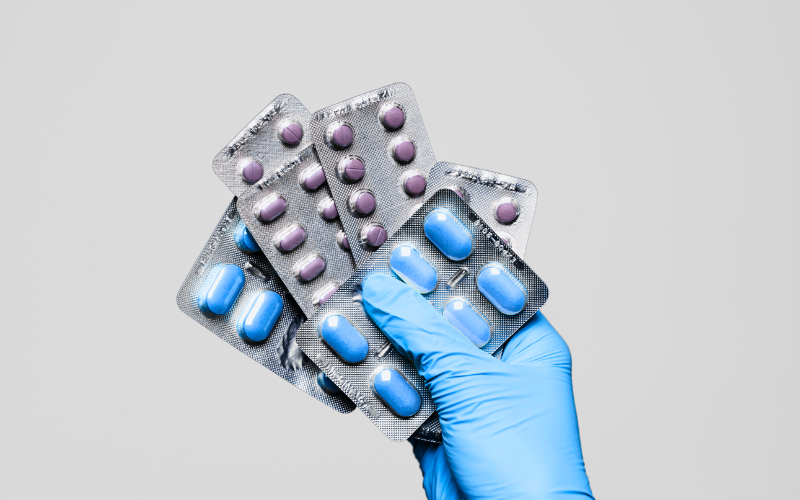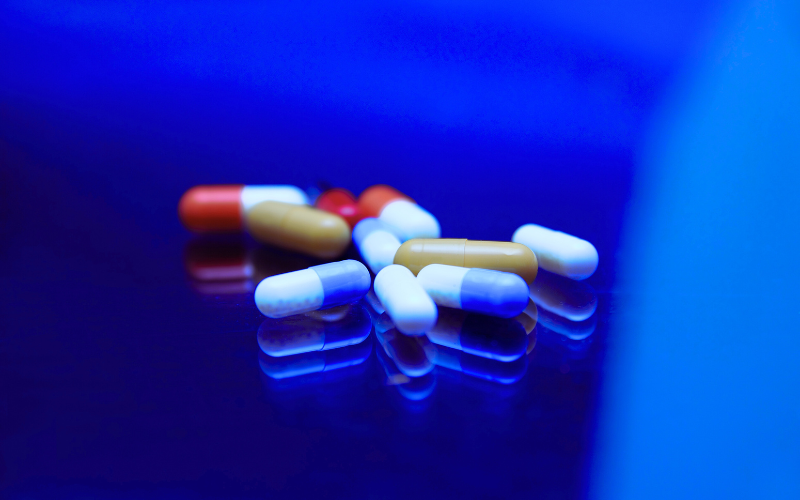Understanding Detection Windows Across Drug Testing Methods
As workplace safety and compliance standards rise, more organizations are evaluating how drug testing is conducted and when it can detect use. One of the most common questions from health and safety teams is: how far back does fingerprint drug testing go?
The answer lies in the science behind detection windows and why shorter, more targeted windows can lead to safer, fairer workplaces.
What Is a Detection Window?
A detection window refers to the length of time a drug remains identifiable in a biological sample after use. It varies by test method, substance, and user physiology. It’s a crucial factor for employers in selecting the best testing solution, especially for safety-critical roles.
Fingerprint Drug Testing: Focused on Recent Use
The Intelligent Fingerprinting Drug Screening System detects recent drug use by analyzing the sweat found in fingerprints. Depending on the substance, this method identifies drugs taken 16 to 24 hours before testing.
So, how far back does fingerprint testing go?
The window is intentionally short (around one day) because it focuses on identifying recent use likely to cause impairment during working hours.
How It Compares
Fingerprint Sweat: 16–24 hours, targets recent use.
Oral Fluid (Saliva): 6–48 hours.
Urine: 1–4 days (up to 30+ for cannabis).
Hair: Up to 90 days, shows historical use, not recent impairment.
To learn more on the differences between drug testing methods, read our article: Fingerprint Drug Screening Versus Oral Fluid Drug Screening – A Comparison.
Why a Shorter Window Is Beneficial
Long detection windows (such as those from hair or urine tests) may detect drug use that occurred days or weeks ago—outside of work hours, with no bearing on job safety or performance. This can lead to unnecessary disciplinary action and strained employer-employee relations.
In contrast, fingerprint testing helps identify individuals who may be unfit for duty at the time of testing, not those who used substances recreationally in the distant past.
Key Advantages of Fingerprint Drug Testing
- Supports fairer workplace testing by focusing on recent use.
- Delivers results in minutes, with no need for specialized collection sites.
- Respects employee dignity through quick, hygienic testing.
- Reduces risk by helping identify likely impairment on the job.
Conclusion
So, how far back does fingerprint testing go? About 16 to 24 hours. And that’s exactly what makes it powerful. It’s designed to detect recent drug use that could impact performance, supporting safer decisions, faster interventions, and better outcomes for employers and employees.
To learn more about how Intelligent Fingerprinting can help modernize your workplace drug testing program, get in touch to arrange a personalized demo.










